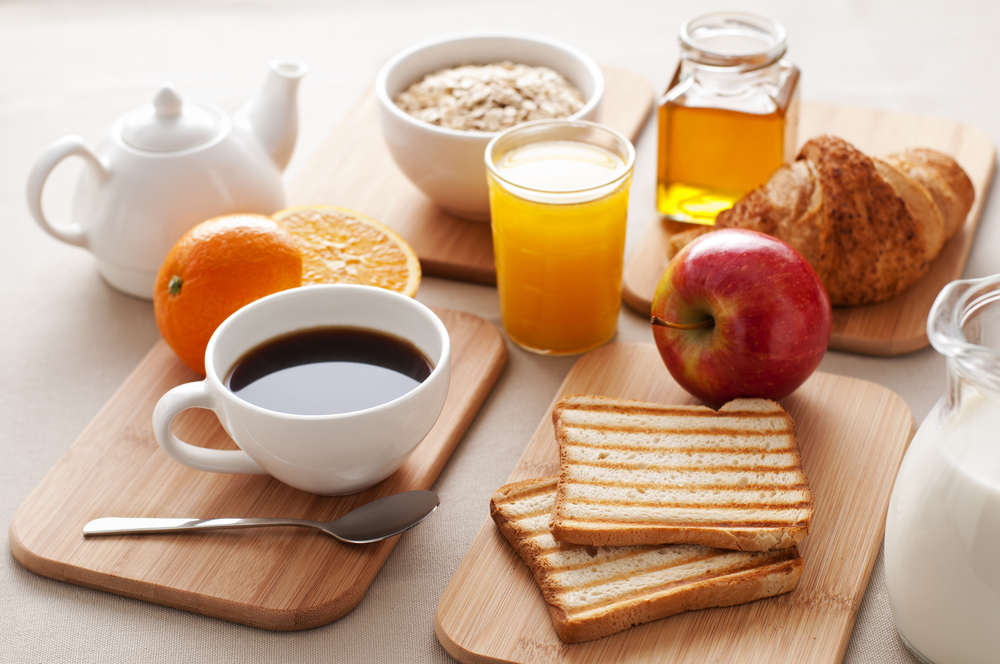

Until the French Revolution, only two meals a day were eaten, the first around noon and the second between 5 and 6 pm. It is another revolution, industrial this time, which will make evolve the food habits of the French. In the factory the days were very long and, to avoid being too hungry, the workers started to eat before leaving for work.
This practice had already been adopted by the bourgeoisie in the 18th century, its appeal being based on the consumption of new exotic beverages such as coffee and chocolate. If we go back a little further, the first forms of breakfast appeared as early as the Renaissance, when the wealthy liked to dip buttered bread in milk. Until the 19th century, when the term petit déjeuner (small lunch) was definitively adopted, workers accompanied their bread with soup or even wine.
It was only after the Second World War that breakfast as we know it today became a must. In 1945, it was offered to children when they arrived at school in the morning and, 10 years later, milk was introduced in schools.
Composition
Called "continental" in hotels, the traditional French breakfast honors the star of French breads: the baguette.
Toast topped with butter, jam or honey is eaten with two drinks, one hot (coffee, tea or chocolate) and one cold (usually fresh fruit juice, especially oranges for maximum energy).
Another key element of French gastronomy is also present around the morning table: viennoiseries. Croissants with butter, pains au chocolat, brioches or even raisin breads accompany the 58 million breakfasts eaten in France every day, 92% of which are eaten at home.
From the traditional breakfast, more and more variations are being developed, depending on the age and profile of the French:
Whatever the formula followed during the week, the weekend generally marks a return to gluttony for the majority of French people: how indeed can one resist the breads, pastries and cakes displayed in the windows of the 33,000 bakeries spread throughout the country?
Valérie from Comme des Français
----
To go further :
. The baguette
. Another French gastronomic tradition
. The Do it yourself culinary trend